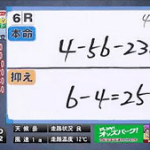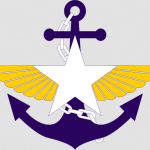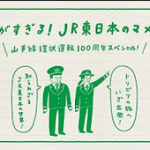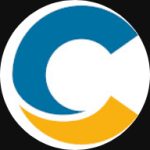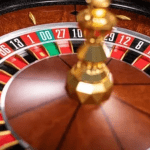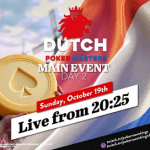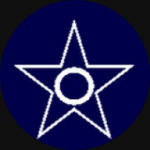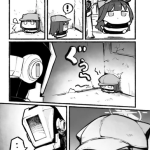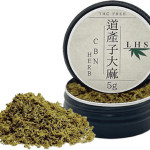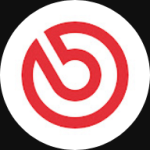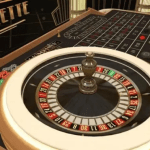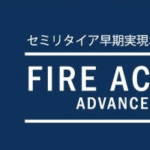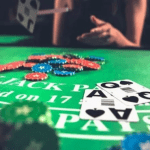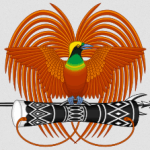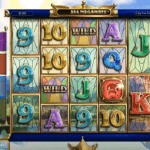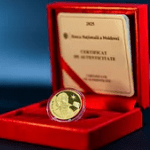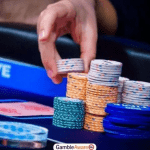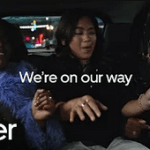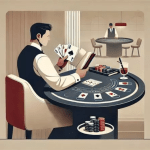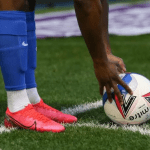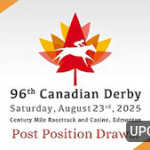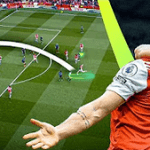If you’re new to the game, you might ask, how long does it take to learn poker? Here’s some good news: It’s not as long as you might think — especially if you approach it with the right plan.
When the author was 23 years old, all she knew was the poker hand rankings in Texas Hold’em. She knew nothing about card selection, betting strategy, or sleuthing out tells.
In fact, she was so inexperienced and clumsy at the poker table that she remembers a guy saying, “You played that hand terribly.”
“Oh, really?” she asked. “How so?”
“Well, for starters,” he responded, “I could see your cards.”
Yes, Amanda, the author, was such a beginner that she didn’t even know how to hold her cards properly. But she was determined and studied hard
Within three months, she entered my first poker tournament with nearly 100 players — and won first place.
A year later, she signed a book deal with D&B Poker, the leading poker book publisher, to write A Girl’s Guide to Poker. Soon after, she developed a beginner’s curriculum for Poker Power, teaching hundreds of women how to take their seat at the table.

Shortly after, she finished 3rd in a World Series of Poker event (the 2021 Tag Team tournament with my father) and became a Social Media Producer for the World Poker Tour online casino, WPT Global.
With commitment, you can achieve incredible success in poker surprisingly quickly. All you need is the right strategy and tools to learn how to play poker.
How Long Does It Take to Learn Poker? — The Basics
Believe it or not, many people stop their poker journey before it even starts. Texas Hold’em, the most popular form of poker, has a steep learning curve.
People see a list of hand rankings and immediately get overwhelmed.
Sure, it’s easy to understand that two-pair beats one pair, and three-of-a-kind trumps two-pair.
But is a flush better than a straight? And what about full houses?

Don’t panic — here are a few tips to simplify things:
・ Focus on hand rankings only. Forget about the gameplay for now. Have a friend quiz you on which hand beats which without worrying about chips or your opponent’s cards.
・ Play “find the nuts.” In poker, the “nuts” is the best possible hand. For example, on a board of 2-3-4-K-5, the nuts would be holding 6-7 for a straight. If you know someone good at poker, ask them to drill you on identifying the best hand in different scenarios.
・ Don’t stress. Again, you’d be shocked by how many people never get to learn poker because they get tripped up at this first step. Accept that you will make mistakes. There will be hidden hands that catch you off-guard. That’s OK. Print a poker cheat sheet of the hand rankings, and don’t worry if, even then, you still miss certain hands. Expect it and move forward.
Pro Tip: Get a video poker game to practise hand rankings without the pressure of live play or worrying about other players. It’s a great way to build confidence in a stress-free environment. You can even get a 90s-esque battery-operated one for cheap!
How Long Does It Take to Learn Poker? — Card Selection
Next up, you need to learn which cards to play and separate the good from the bad hands before the flop. The “preflop” round happens right at the start when you decide if your two hole cards are strong enough to keep playing.
This step makes or breaks players.
The most straightforward way to win in poker is by playing better cards than your opponents.
Most people grossly overestimate the value of their hands. They get excited and attached to pretty cards and do not like squashing their hand’s potential by immediately folding. You need to get over this human impulse.
Professional poker players fold around 80% of their hands before the flop.
Success in poker requires tremendous discipline. Much of the game involves folding and waiting for gin opportunities.
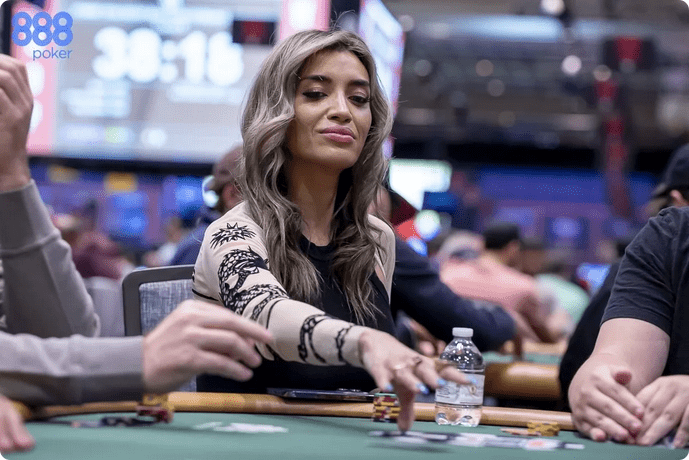
To learn which hands to play and which to fold, study a Raise First In (RFI) Preflop Chart. These charts provide mathematically sound guidelines on what hands you should play depending on your position at the table.
Memorise these to the best of your ability. Create flashcards to drill yourself on which hands to play and when.
・ Write down the hand, like “89s” (the “s” stands for suited, meaning both cards are the same suit).
・ For off-suit hands (cards of different suits), write “89o.”
・ Include the seat position at the table. For example, if you’re first to act, your position is “under-the-gun” (UTG).
・ Place a sticker on the back of each card: green for raise and red for fold.
These charts assume you’re the first person to raise, without anyone else raising in front of you. It’s a good place to start.
Surprisingly, learning when to call or reraise is more complicated than open-raising, so focus on mastering this step first.
Pro Tip: You can also drill yourself on common poker odds. This will help you memorise the likelihood of making a flush or straight rather than just guessing.
How Long Does It Take to Learn Poker — Gameplay
Now that you’ve nailed the basics of hand rankings and card selection, it’s time to start playing — and the best way to learn is online.
Live poker can be slow-paced. You can chat with the dealer, sip on a drink, or take a break. Most of the time, you’re waiting around. In contrast, online poker is fast.
While live games average around 30 hands per hour, online tables can deal over 100 hands per hour.
Plus, most online players “multi-table,” playing several games simultaneously. Online poker is often “short-handed,” with six players instead of the standard nine at live casino tables. You experience more hands, giving you more opportunities to see flops, turns, and rivers.

In just six months of playing online, a 21-year-old can gain more experience than someone who’s played live poker for decades.
Here’s why online poker is an essential starting point:
・ Speed: You’ll see far more hands in a shorter amount of time, accelerating your learning.
・ Affordability: Online poker lets you practice at much lower stakes than live casinos, sometimes for just quarters or a few dollars. Online platforms typically have a lower rake (the house’s cut).
・ Aggressiveness: Playing online makes it easier to be bold — bluffing or going all-in from behind a screen feels less intimidating than doing it face-to-face. It’s better to be over-aggressive than under-aggressive with your poker combos. You don’t want to develop bad habits like playing too passively.
Getting comfortable with the faster pace and aggressive nature of online poker will sharpen your skills much quicker — and more effectively — than live play alone. You can also rise to higher stakes at a more affordable price and witness how expert players operate.
Since most pros multi-table, their $500 buy-in might be ten tables of $50 cash games. So, you can see how they manoeuvre for cheap.
Live casinos won’t have enough examples of good gameplay until you usually reach the $2/$5 level.
How Long Does It Take to Learn Poker — The Roadmap

The journey to mastering poker doesn’t have to be as daunting as it seems. With the right approach, you can progress rapidly.
Starting with understanding hand rankings, then mastering card selection and honing your skills through fast-paced online gameplay
You might even want to follow a loose roadmap like this:
・ Hand rankings: 1-2 weeks.
・ Preflop card selection: 1-3 months.
・ Online gameplay: 3-6 months.
Drill the poker maths and common odds during this time frame. We all know the answer to the question of how long it takes to learn poker. It depends on the strategy and rigour of your game plan.
Learning how to read opponents and recognise tells takes significantly more time. Intuition — like the hunch you get when someone has you beat — generally stems from pattern recognition. You see people’s behaviour enough times that it triggers your instincts.
But tells tend to be tipping points. Real poker success starts not by winning at the margins but by having clear and significant advantages over your opponents.
Play better cards than them and allow the maths to dictate your decisions.




























































































































































































































